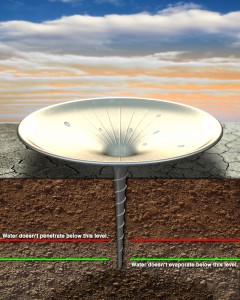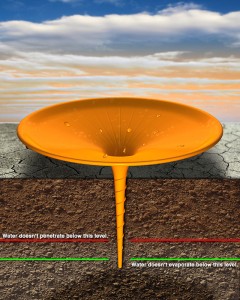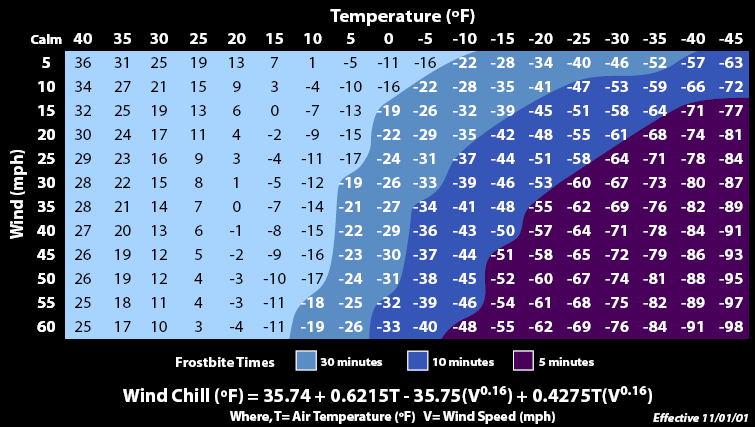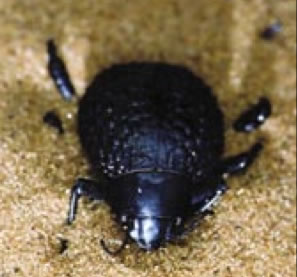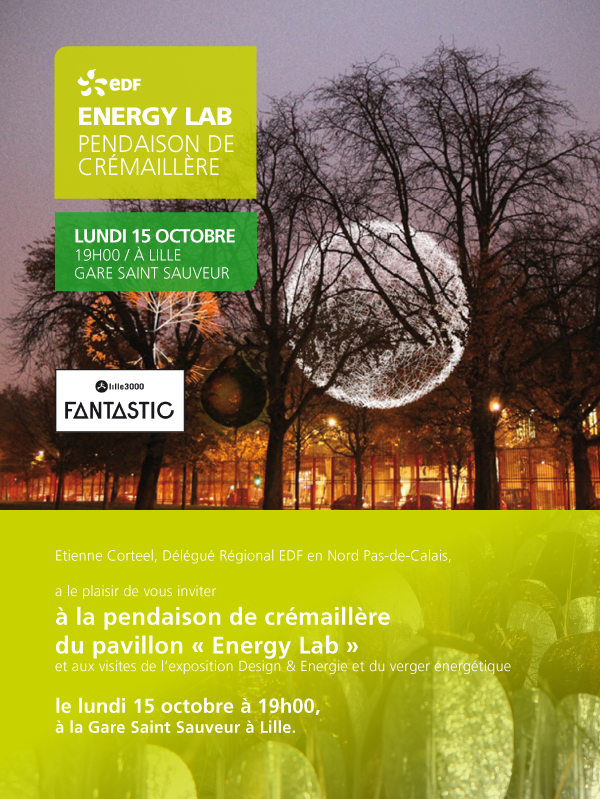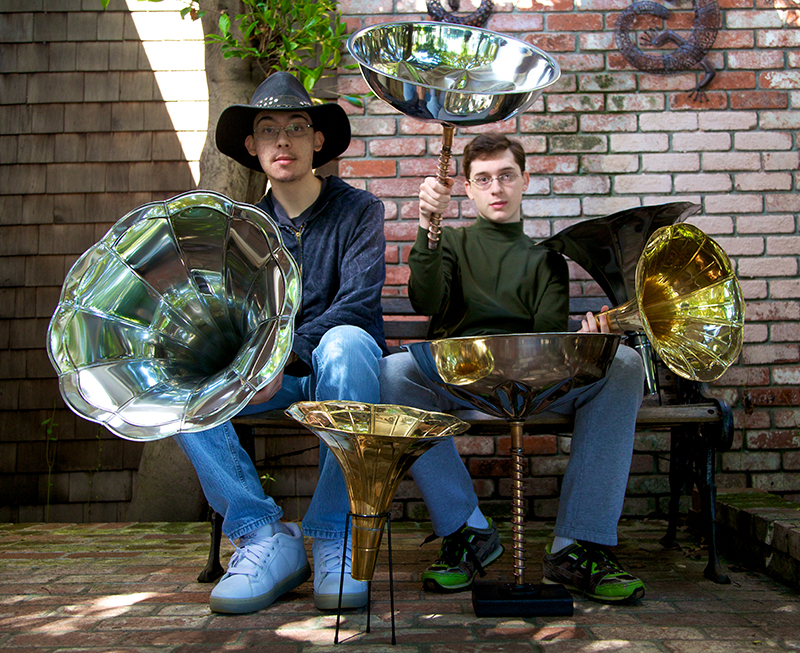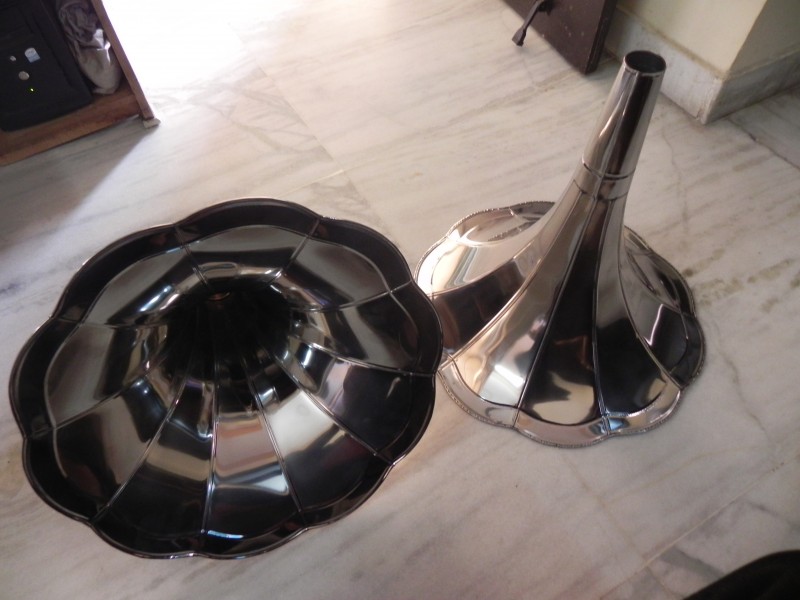We are working on our movie for the D.R.I.P.S. presentation in Paris this summer. To really explain how our invention would work, we need to give a few definitions and provide some physics background. So this post is a collection of useful concepts and definitions about water in the air.
- The Hydrologic Cycle
- This is a cycle that defines the circulation of water on the surface of the planet (including the atmosphere). The components of the cycle are evaporation and condensation, precipitation and runoff, transpiration and evapotranspiration, and infiltration.
- Saturation
- Water saturation in the air is the amount of water the air can hold without “raining” it out. Water evaporates and condenses all the time. The warmer the air, the more water it can hold. That’s why cold air tends to be dry (low water molecule density). Saturation happens when the evaporation and condensation rates are equal—the same amount of water condenses out of the air as evaporates into it. When air reaches its saturation point, it can’t hold any more water molecules.
- Specific Humidity
- Specific humidity is a ratio of water molecules to the volume of air: the density of water molecules in the air.
Specific Humidity = Mass of Water Vapor ÷ Mass of Air (per unit of volume). - Relative Humidity
- Relative humidity is what most weather people talk about on TV. It is the ratio of Specific humidity to Saturation and is usually expressed as a percentage.
Relative Humidity = Specific Humidity ÷ Saturation. - Dew Point
- We obviously care a lot about the dew point. So what is it? The dew point is the temperature at which water molecules will condense out of the air. That’s why cold surfaces get wet—water condenses out of the air onto the cold surface. Cars are wet in the mornings, glasses “fog up” when you drink hot tea. It’s all about the dew point.
- Frost
- When the dew point is below the freezing point of water, frost forms.
- Tule Fog
- I had to add this one—we often drive to school through a thick layer of Tule Fog (we live in California). Tule Fog is a type of Radiation Fog. Radiation Fog is caused when the air next to the ground is cooled by radiation, lowering it to the dew point temperature and condensing the water vapor out of it.
- Advection Fog
- Advection Fog is another California phenomenon. Advection Fog is caused when the warmer air comes in contact with colder ground, again condensing the water molecules out of the air and forming fog. We are familiar with this fog as well.
- Virga
- Virga is rain than never reaches the ground. It’s very cool and produces nice rainbows.
For our project, we are mostly interested in dew and fog (although a bit of rain never hurts). As long as the D.R.I.P.S. cone stays cooler than the air temperature, dew will form on its sides. To keep the cone cool, we decided to make it out of aluminum. We changed out minds many times—plastic, metal, plastic, metal—but metal would conduct heat better than plastic. This would mean that it can hold the temperature of the ground longer than plastic. Plastic is likely to be the same temperature as the air (that’s why we believe Tal-Ya system doesn’t work to collect dew).
Here’s our D.R.I.P.S. cones in plastic (orange) and in aluminum (silver). Aluminum would also work better because of another cool effect: wind shield factor cooling. Again, when weather people on TV talk about outside temperatures, they usually add the effect of the wind chill factor—the cooling felt due to the wind. Below is a nice little chart showing just how fast a person can lose body heat due to wind chill factor.
Any object (or person) loses heat by radiating it though the surface (that’s why increasing the surface are of the D.R.I.P.S. cone is so important and why we would like to make the cone have a fan-like surface). When the wind passes the surface, it speeds up its cooling. The cooler the cone, the more water it will collect.
The Namib Desert Beetle uses wind chill to cool its carapace and extract moisture from the air in a desert environment. It orients itself so that the wind cools its body, lowering its surface temperature. Here’s a clip from a BBC nature documentary on Namib Desert Beetle dew collection (56 seconds into the clip is the segment on the beetle).

